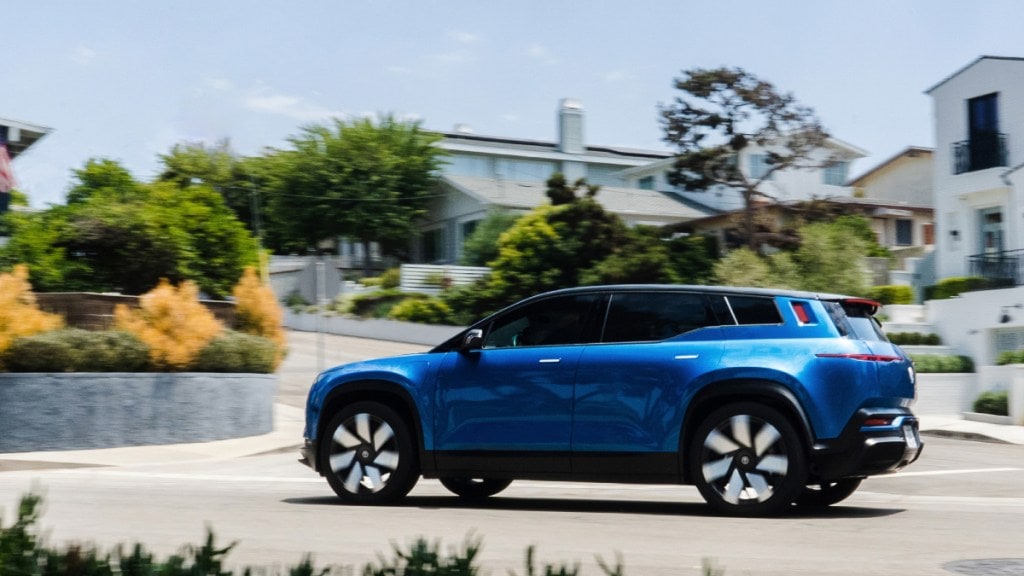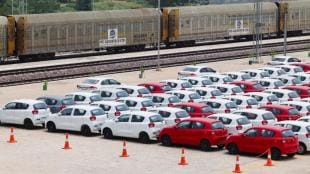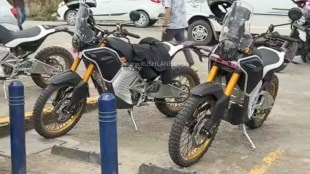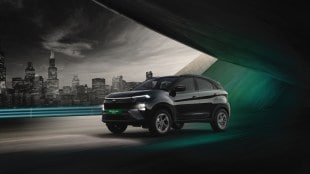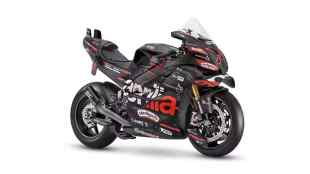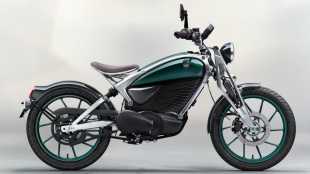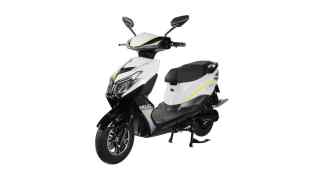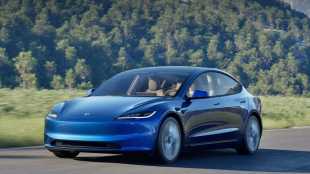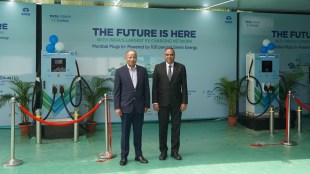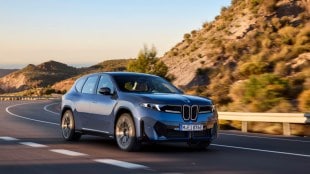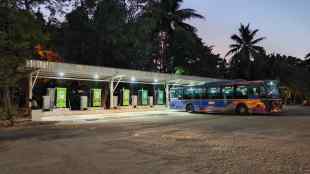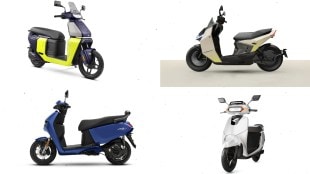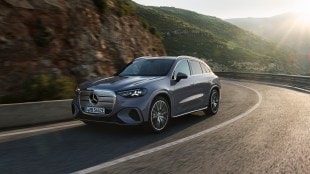Henrik Fisker-led Fisker Inc is accelerating its progress to begin deliveries of the Ocean e-SUV for the US and European market. The Ocean SUV has now completed and met all applicable FMVSS testing required for US National Highway Traffic Safety Administration (NHTSA) self-certification and meets New Car Assessment Program (NCAP) standards for a 5-star rating. The company utilised an internationally recognized agency to carry out the testing.
Henrik Fisker, Chairman and CEO, Fisker said, “Fisker engineered the structure of the Fisker Ocean to achieve a 5-star crash rating according to the NCAP. An official five-star rating will now be possible should NHTSA select a Fisker Ocean for testing.”
The e-SUV recently received WLTP certification in Europe of 707km for its Extreme trim level with 20-inch wheels, which it claims is the longest range of any battery-electric SUV currently on sale in Europe. It expects full European regulatory approval by the end of April, with customer deliveries to follow.
The carmaker says it is pursuing an official Certificate of Conformity (CoC) with the Environmental Protection Agency (EPA) to validate the Fisker Ocean Extreme range.
The EV maker anticipates the EPA will confirm the estimated 350-mile range (563km) for the Fisker Ocean Extreme. However, it is waiting for the agency to provide a firm date for the certification. In the meantime, the OEM is utilising its dual-homologation approach for Europe and the US, with European deliveries preceding North America.
In the first quarter, Fisker says it changed its strategy of building 300 vehicles to avoid holding inventory that the company could not deliver in Europe or the US. It built some units for internal use to maintain production readiness.
The company intends to ramp up production on April 20, 2023, for vehicles planned for European delivery. Units destined for the US will have a separate ramp-up, estimated to start the first week of May, with those vehicles ready to ship ahead of EPA approvals.
“This strategy ensures we can maintain a steady production ramp and have a sufficient quantity of vehicles ready for initial deliveries in Europe and the US while avoiding the cost of vehicle storage until approvals arrive. Homologating simultaneously places an extra workload on our teams, but we are utilising the benefits of an agile organisation by opportunistically shifting our plans and delivering vehicles in Europe first,” added Fisker.
It is interesting to note that in April 2022, Fisker set up its India headquarters in Hyderabad, Telangana, which is working on the company’s global software development, embedded electronics, virtual vehicle development support functions, data analytics, and machine learning. The entity christened Fisker Vigyan India, could very well mark the company’s foray in the Indian automotive space.
